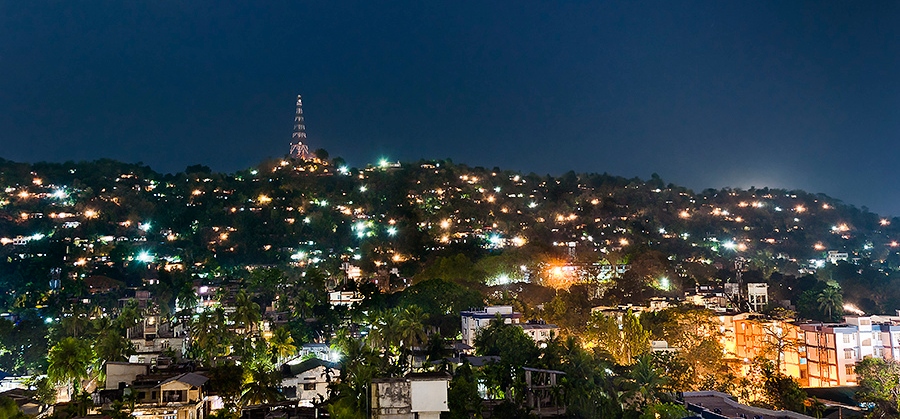By laying the foundation stone of the state’s largest solar park, Assam has taken a big step to boost power production and promote clean energy.
Spread over a 340-acre site at Japisajia village in the Sibsagar district, the new 70 MW project will also provide solar research and development facilities, Assam chief minister Sarbananda Sonowal said at the stone-laying ceremony.
Previously, the largest solar project in the state was a Moser Baer 5 MW plant at Tezpur’s industrial park.
“This power project will give new momentum to the state government’s self-declared goal of making Assam self-sufficient in terms of power production,” said Sonowal. “The state set up a target to generate 6,500 MW [of] power in the state by 2030 and … this goal can only be achieved by leveraging the power production capacity of the state.”
Mrinal Krishna Chaudhury, additional director at the Assam Energy Development Agency (AEDA), told pv magazine: “Under [the] Assam Solar Energy Policy notified in January 2018, the state aims to achieve 590 MW [of] solar power capacity expansion by 2019-20, through multiple models of solar power generation including residential, commercial, industrial on-grid and off-grid installations, solar parks and rooftop solar plants.”
Limitations to solar
The state is specifically aiming for 465 MW of grid-connected ground-mounted solar capacity – including 200 MW based in solar parks – 110 MW of rooftops and 15 MW of off-grid solar, all during the next fiscal year.
“The targets are lofty but with low solar irradiance, difficult terrain, massive flooding and lack of awareness among consumers, the state is lagging behind in the solar sector,” said Chaudhury. “Add to these the dearth of government incentives and subsidies for solar projects. Though the Assam Electricity Regulatory Commission has set a 9% Renewable Purchase Obligation [RPO] by 2021-2022, the target and RPO might be missed.”
Founded in 1988, AEDA, the state agency for the federal Ministry of New & Renewable Energy, had earlier launched a massive rural electrification drive that illuminated almost 40,000 households with domestic solar systems. AEDA is now planning to bring the state’s 900 tea gardens into the solar fold and is aggressively pushing residential rooftop solar.
This content is protected by copyright and may not be reused. If you want to cooperate with us and would like to reuse some of our content, please contact: editors@pv-magazine.com.








2 comments
By submitting this form you agree to pv magazine using your data for the purposes of publishing your comment.
Your personal data will only be disclosed or otherwise transmitted to third parties for the purposes of spam filtering or if this is necessary for technical maintenance of the website. Any other transfer to third parties will not take place unless this is justified on the basis of applicable data protection regulations or if pv magazine is legally obliged to do so.
You may revoke this consent at any time with effect for the future, in which case your personal data will be deleted immediately. Otherwise, your data will be deleted if pv magazine has processed your request or the purpose of data storage is fulfilled.
Further information on data privacy can be found in our Data Protection Policy.